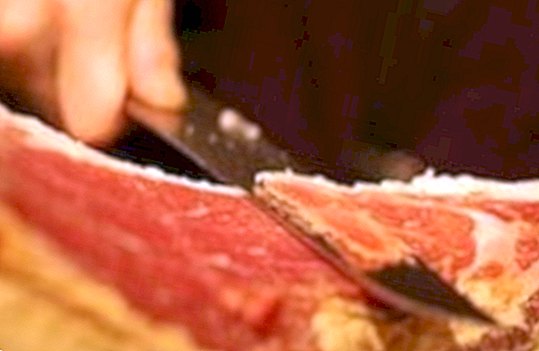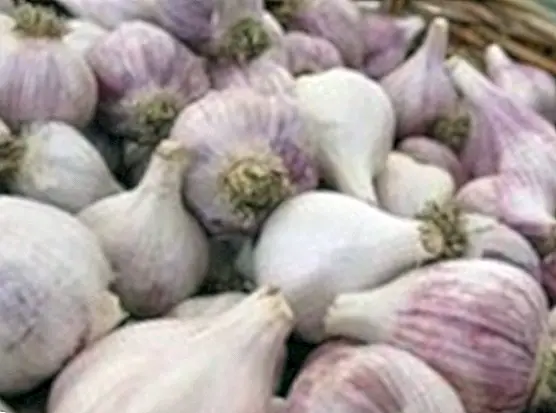Osteoarthritis, how can we improve its symptoms
A few years ago the osteoarthritis It was considered a disease associated with age. However, it seems increasingly evident that not only over the years does it predispose us or, at least, it puts us at risk of suffering from this disease.
The wear and tear of the joint affected by osteoarthritis is not a disease. This wear -normal- is the result of the aging of the joint produced, in many cases by repetitive and continuous movements or gestures that we make with that articulation.

Fingers, knees, hips, elbows, neck, ankles are the joints most affected by osteoarthritis due to the movements of rotation, flexion and sliding that we perform continuously.
As a result of these repetitive movements, the cushion or pad between the bone and the cartilage wears out. This wear causes the friction of the bone and the joint, causing pain.
Osteoarthritis is therefore a degenerative process of the joint and that also affects young people who practice sports as well as the elderly.
In most cases, arthrosis is detected when 30% of the joint is already worn out, because at these stages of the joint, the wear goes unnoticed when it is not detected with an x-ray or magnetic resonance, some 20 years before an X-ray arrives to detect it.
Medical advances and studies about this disease tell us that detecting osteoarthritis in time will help us that osteoarthritis does not hurt us, so we will gain a lot in quality of life.
Fortunately, medicine does not stop moving forward and these studies indicate that in a few years it will be possible to detect osteoarthritis with a simple blood test or through a urinalysis performed on strips such as those used for blood glucose or with a test type that is done to detect pregnancy.

How can we improve pain
Once the osteoarthritis is detected early, in its beginnings as we have said previously, avoiding its progression is possible following a series of tips with which we can gain quality of life and improve pain as much as possible.
First of all keep a positive attitude always help us to better carry the disease, being downhearted will not benefit us.
When osteoarthritis is in its infancy and is a mild osteoarthritis Exercising will help us improve symptoms such as stiffness, exercise helps us to tighten and relax the tissues, it is good to keep the joints active.
A good and healthy exercise for the joints is walking, exercise helps us protect the joints while helping us to strengthen muscles, with only half an hour every day or alternating between 3 and 5 days. We will look for regular terrain, we will not walk on uneven terrain.
Other exercises that we can do besides walking, and that is good for the joints is swimming, exercising in the water, riding a bicycle.

Search activities that help us improve flexibility, will make the joints are not so rigid with what we will also suffer less pain, an ideal activity that includes these characteristics and that we could do very well is the Taichi.
We must also take into account and be vigilant with the bad positions we adopt, without realizing there are times that perhaps trying to escape pain we load the weight of the body on other joints with the risk of eventually causing them to wear too.
Walk with your back straight, not bent, choose the right shoes, better flat shoes or with a short heel, with a somewhat thick sole to notice less the impact of the foot with the floor while walking.
There are occasions and depending on the type of osteoarthritis that we suffer, it is necessary to wear stencils or heel cups placed inside the shoes, always indicated by the specialist doctor.
At the time of sitting better on a chair and with the back straight. Many times we sit in armchairs in which we sink, the hips are in the air and the feet without touching the ground, these bad postural habits end up hurting us.
Avoid sedentary lifestyle and body overweight, maintain a body weight appropriate to our characteristics will be beneficial to avoid pain and not carry too much weight on our joints.
Reduce calories, exercise moderately, a healthy and balanced diet under medical supervision and resorting to foods that help us strengthen our joints and avoid foods that could be harmful to this disease.
Keep well hydrated, taking at least 2 liters of water a day. Alternating periods of rest with activity is good for us when we are suffering from some episode of pain.

In winter as a result of the cold the joints that suffer wear usually hurt more at this time of the year, we can apply heat ratios on the painful joint with a blanket or heating pad, the heat relaxes the musculature and the pain calms us.
However, when the joint is inflamed, this occurs when there are outbreaks, we will resort to apply local cold on the painful area, with an ice pack or special pad that come to freeze, always with the skin protected with a cloth, we must remember that the Direct cold on the skin produces burns. In this sense, it can probably help you discover when to get cold or hot when suffering an injury.
As for medication there are medications to calm the episodes of pain, to reduce inflammation, but should always be under medical prescription, we should never self-medicate. This article is published for informational purposes only. It can not and should not replace the consultation with a Physician. We advise you to consult your Trusted Doctor.


